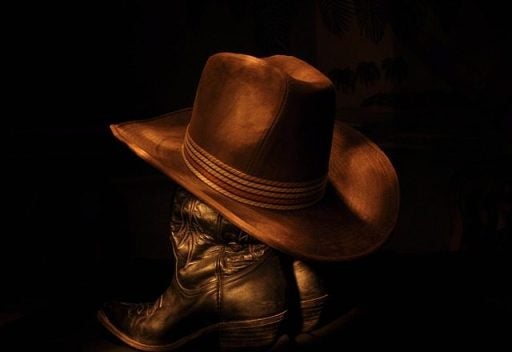Judy Moore: The emergence of the African-American cowboys
Published 12:00 pm Thursday, January 5, 2023
|
Getting your Trinity Audio player ready...
|
For over 100 years, Hollywood has had a skewed vision of the American cowboy. For most of our movie and television viewing, we have seen cowboys depicted as only white males. Newsflash: there are and have been African-American cowboys as well as cowgirls.
I was pleasantly astonished when I learned this, because I had no idea people of my race were pioneers of the American West. The first time my interest was piqued was when I watched the movie Posse, which explored the life of the black cowboy. Even today, there are African-American men and women who are hardworking on the American frontier as cowboys and cowgirls.
It is an interesting fact that one out of every four cowboys were African-Americans, with estimations by historians that 20% to 25% of cowboys in the American West were black. The failure of film and literature to present evidence of these facts has only perpetuated the falsehood that whites cornered the market on the cowboy lifestyle and this research has harkened back to the Civil Rights Movement of the 1960s.
The role of African-Americans settling the American West involved black men and women acquiring freedom by working as cowboys and cowgirls, which was unheard of during the 19th century. Consequently, many African-Americans migrated to the western U. S. after 1865 or gained freedom there. Even though enslaved, many blacks gained useful skills for the cattle industry by interacting with the vaqueros, Mexican and Spanish cowboys, their former slave masters or Native American cattle rustlers. Initially, cowhands referred to white cowboys, while blacks were called cowboys. The term “boy” for an African American male regardless of age was associated with slavery and the Southern plantation. Unfortunately, the racial issues experienced previously also impacted the American West.
Regardless of the racial background, all cowboys had rough everyday lives. The African-American cowboys were given “wild” horses which had to be trained in order to be ridden, worked as trail cooks, which involved cooking, hunted deer and wild turkey. In addition, some worked as nurses, bodyguards and money transporters for white cattlemen.
Furthermore, there were many African American cowboys in the American West; some were literate while others desired a life free from violence. Among the most notable was Nat Love, who was born a slave in 1854 before eventually teaching himself to read and write. After the Civil War, Love left Tennessee, heading west to search for fortune. As a cowboy, he learned to speak Spanish, became a champion roper and subsequently published his autobiography in 1907, detailing his exceptional skills and thrilling life.
Bass Reeves was another who I’ve told you about previously, formerly a slave in Texas. Reeves escaped into Indian Territory in the 1850s, gaining his freedom in 1865 and in 1875 was hired as the first African American U. S. Marshal. Reeves overcame his illiteracy, bringing numerous outlaws to justice while earning their respect. Reeves’s ability to speak various Native American languages served him well as an employee of the U. S. government.
It is amazing that there are people today who are preserving the history of the African-American cowboy. Larry Callies, a former country singer, owns the Black Cowboy Museum in Rosenberg, Texas. Larry has the cowboy spirit in his blood since his father, grandfather and great-grandfather were cowboys. His facility has various pictures, posters and other memorabilia depicting African-American cowboy history. In addition, in Fort Worth, Texas, Gloria and Jim Austin operate the National Multicultural Western Heritage Museum which mission is to educate the public about the contributions of African Americans in the American West. Moreover, the Witt Museum in San Antonio has an exhibit dedicated to the black cowboy. It was fascinating to learn that African-American women burst on the scene as cowgirls with experienced cowgirl Briana Noble making an appearance to show solidarity in support of Black Lives Matter after George Floyd’s death in 2020.
It is a privilege for me to discover the contributions of African-Americans as pioneer trailblazers of the American West. Their life as cowboys and cowgirls exemplifies the true spirit of grit and determination to forge free on the open range only imagining what vast adventures awaited them. The spotlight of inclusiveness in the history of the American West is long overdue.
Judy Moore is a tour guide at The Central High Museum who lives in Wylliesburg and can be reached at v5agabond2@gmail.com.


